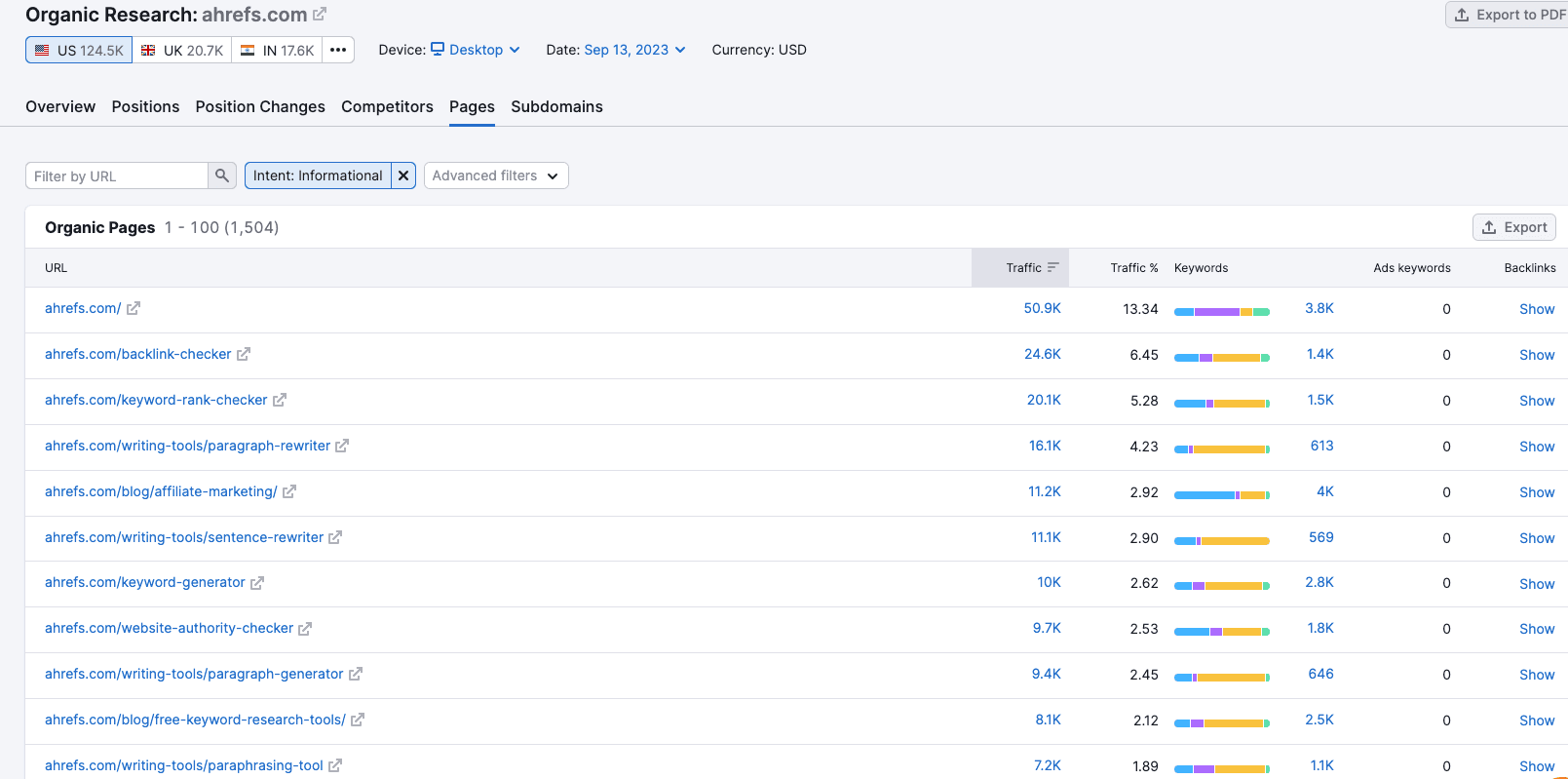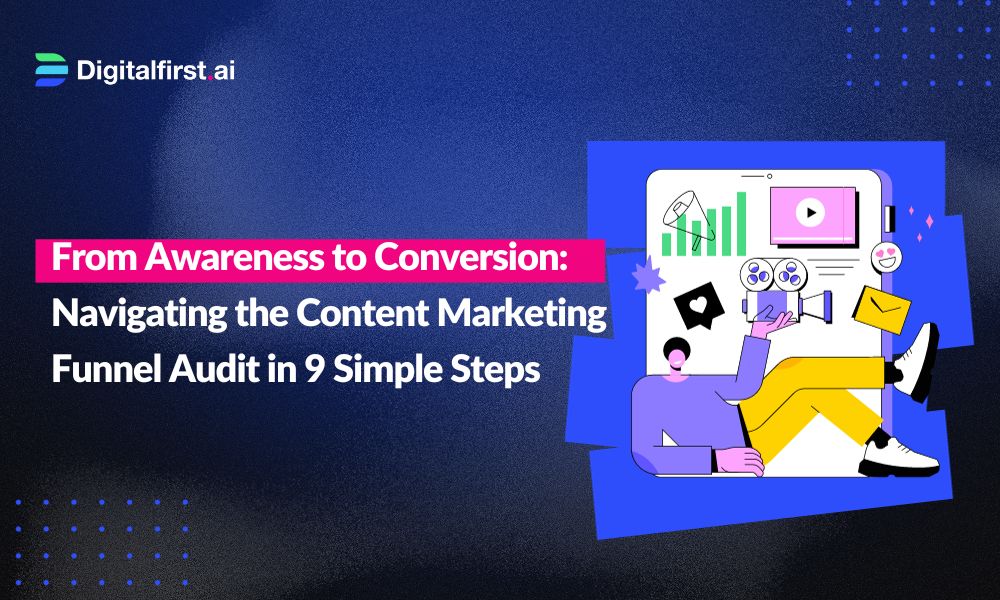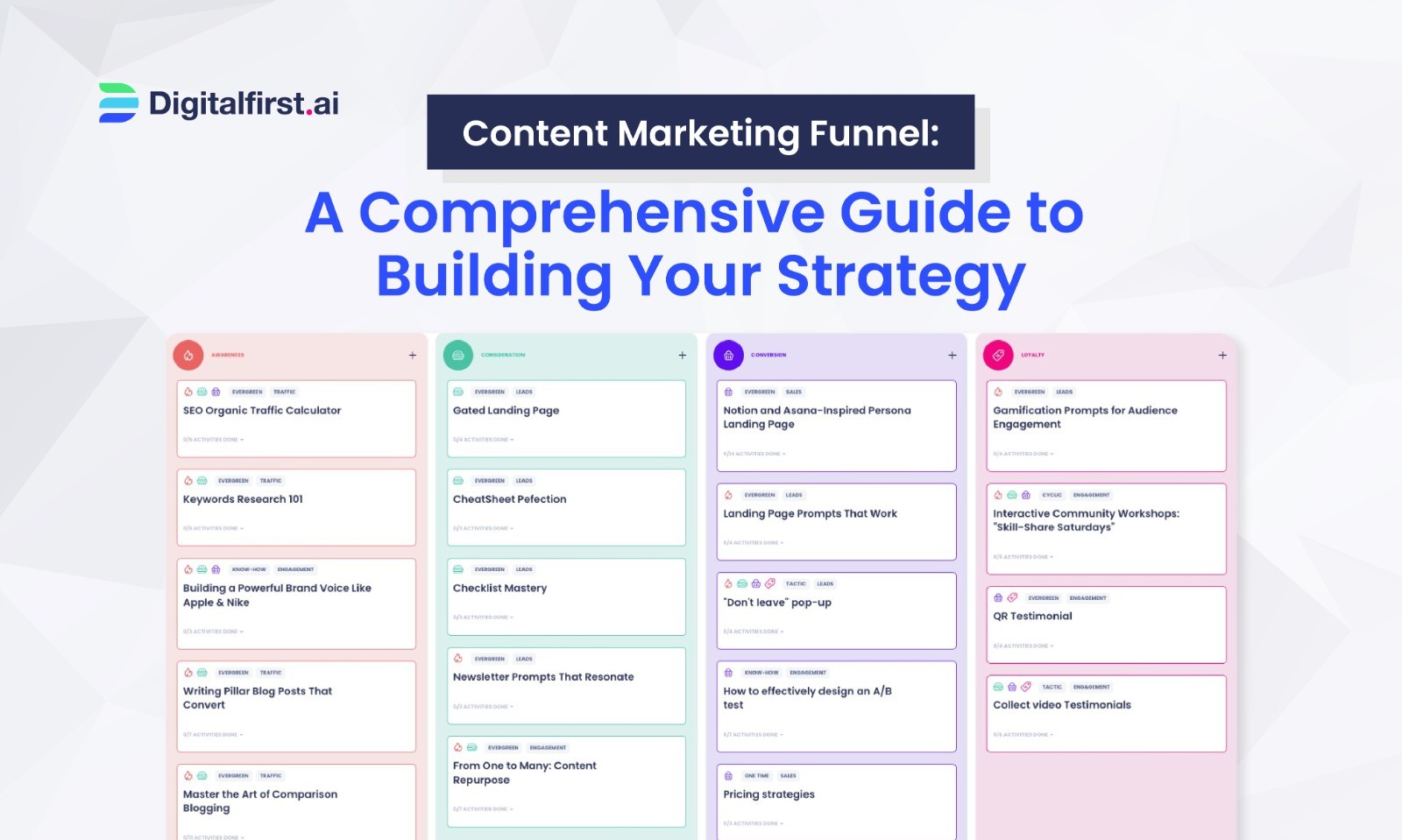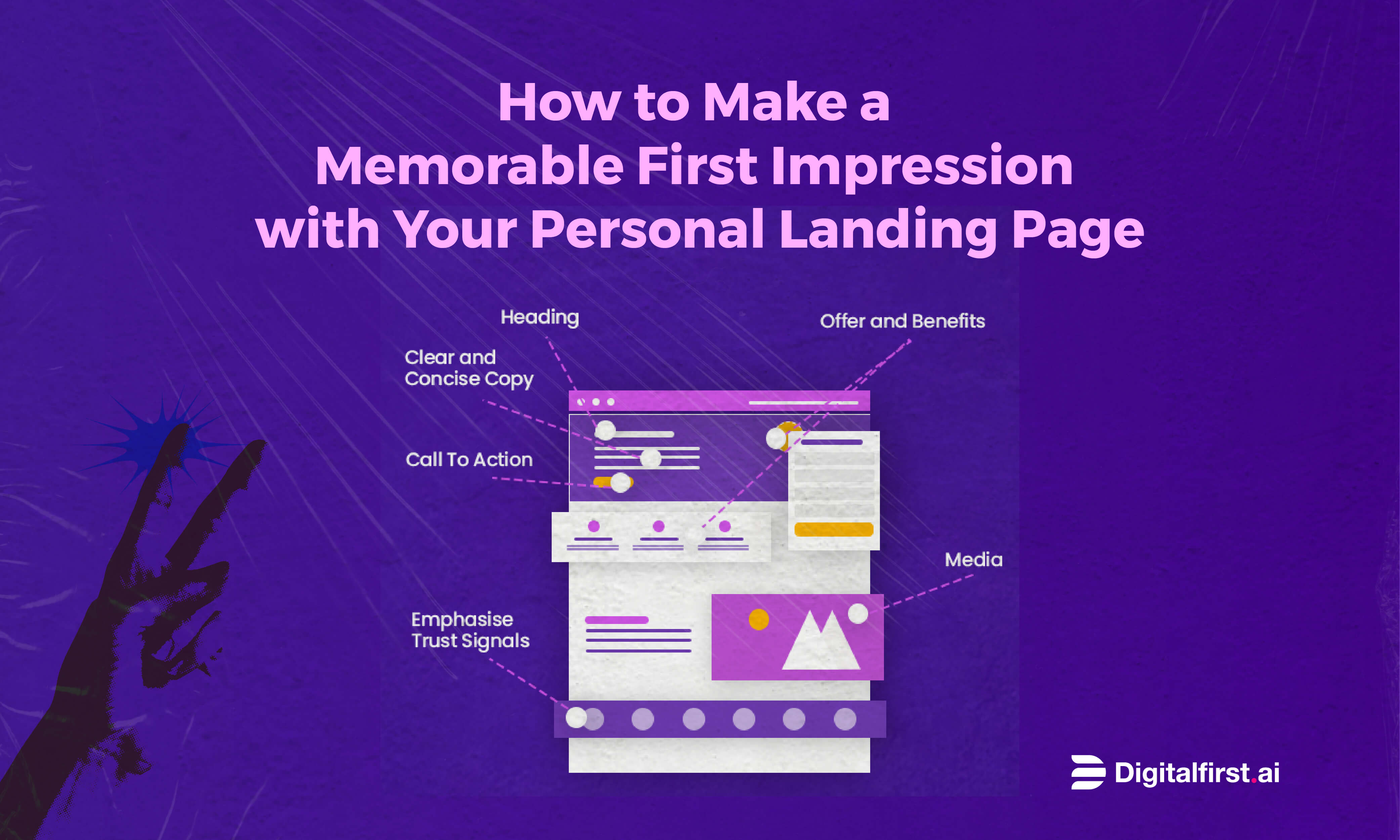From Awareness to Conversion: Navigating the Content Marketing Funnel Audit in 9 Simple Steps
Gain a deep understanding of each stage of the content marketing funnel and how to evaluate and enhance it to drive conversions. Access practical tools and templates that will facilitate the auditing process and enable you to make informed decisions
Sonu kalwar
Share:
In the world of digital marketing, content is king. But creating content is just the first step.
To truly leverage its power, you need to understand how your content is performing at every stage of the marketing funnel.
That's why conducting a content marketing funnel audit is essential.
In this article, I'll take you through the process of auditing your content marketing funnel, step by step, to ensure your content is effectively driving conversions and meeting your business goals.
Try Digital First AI's Plug & Play AI-Powered Marketing Workflows Builder

No credit card needed. Instant access. Try now for free.
Understanding Content Marketing Funnel
At its core, a content marketing funnel is a framework that maps out the customer's journey from the first point of contact to conversion. It consists of three main stages:
Top of the Funnel (TOFU): This is the awareness stage, where you attract new visitors to your website through educational content and establish your brand as a trusted resource.
Middle of the Funnel (MOFU): In this consideration stage, you nurture leads and provide more targeted content to help prospects evaluate your offerings and move closer to making a purchase.
Bottom of the Funnel (BOFU): The conversion stage, where you focus on turning prospects into customers by delivering content that addresses their specific needs and encourages them to take action.
Importance of Content Marketing Funnel Audit
Conducting a content marketing funnel audit is crucial for several reasons:
Aligning with Marketing Strategy: By auditing your content, you can ensure that it aligns with your overall marketing strategy and supports your business goals.
Maximizing ROI: A funnel audit helps identify content that is performing well and generating high returns on investment (ROI), as well as content that may need improvement or repurposing.
Optimizing Content Strategy: By understanding what content resonates with your audience at each stage of the funnel, you can optimize your content strategy and create more targeted and effective content.
For example, let's say you run an online clothing store. At the TOFU stage, you may create educational content like blog posts on fashion trends or guides on how to style different outfits.
In the MOFU stage, you could offer personalized styling tips or product comparison videos. Finally, at the BOFU stage, you might showcase customer testimonials or offer exclusive discounts to drive conversions.
Steps to Conduct a Content Marketing Funnel Audit
To conduct a comprehensive content marketing funnel audit, follow these steps:
#1. Analyzing Top of the Funnel Content

Examine the performance of your top of the funnel content, including website traffic, organic traffic, keywords, and user experience. Optimize your content to attract more visitors and improve visibility in search engines.
Example: Suppose you discover that a blog post is generating a significant amount of organic traffic. You can leverage this insight by creating more content on similar topics or optimizing this post to increase conversions.
Use tools like Screaming Frog and Google Analytics to gather data on your content assets. Create a spreadsheet to inventory all your URLs, metadata, and content types.
Tools:
Templates:
Content audit templates by Wordstream
Social media audit template by Buffer
Content audit template by Webris
#2. Examining Middle of the Funnel Content

Evaluate the engagement metrics of your middle of the funnel content, such as comments, shares, mentions, and social media engagement. Identify which content pieces are resonating with your audience and adjust your strategy accordingly.
Example: If you notice that a video tutorial on your YouTube channel receives a high number of shares and comments, you can prioritize creating more video content or consider repurposing the video into blog posts or infographics to reach a wider audience.
#3. Evaluating Bottom of the Funnel Content
Analyze the performance of your bottom of the funnel content in terms of sales, conversion rates, and CTAs. Identify any gaps or areas for improvement to optimize the conversion process.
Example: If you find that the product pages on your website have a high bounce rate or low conversion rates, you may need to enhance the product descriptions, add more compelling CTAs, or streamline the checkout process to improve conversions.
#5. Understanding User Behavior and Engagement
Dive into user behavior analytics to gain insights on how users interact with your website content. Look at metrics like bounce rate, time on page, and attention span to improve the overall user experience.
Example: If you notice a high bounce rate on a specific landing page, you could experiment with changing the layout, improving the readability of the content, or adding relevant internal links to increase user engagement.
#6. Keyword and SEO Analysis
Perform keyword research to identify relevant keywords and phrases that are driving organic search traffic to your website. Optimize your content to improve keyword rankings and increase organic visibility.
#7. Competitor Analysis
Analyze your competitors' content, keywords, rankings, and backlinks to identify gaps in your own content strategy and find opportunities for improvement.
Example: If you discover that your competitors are ranking higher for certain keywords, you can analyze their content to understand the factors contributing to their success and adjust your strategy accordingly.
#8. Content Repurposing and Improvement
Identify underperforming content and consider repurposing it into different formats to reach a wider audience. For example, you can transform a blog post into an infographic, video, or podcast episode to cater to different consumption preferences.
Example: Suppose you have an informative blog post that receives minimal traffic. You can repurpose the content into a visually appealing infographic and promote it on social media platforms, reaching a broader audience and increasing brand visibility.
#9. Measuring Success and Setting Goals
Finally, measure the success of your content marketing efforts by tracking metrics like ROI, conversions, and business goals. Use this data to set SMART (Specific, Measurable, Achievable, Relevant, and Time-bound) goals for your content marketing strategy.
Build Marketing Workflows That Work for you

No credit card needed. Instant access. Try now for free
Digital First AI empowers marketers with AI-driven tools to centralize data, build personalized strategies, and execute campaigns seamlessly.
Generate content, automate workflows, and outpace competitors—all in one secure platform.
AI-Powered Data Room: Centralize and analyze unstructured data for actionable insights.
AI Strategy Canvases: Generate 26+ strategic canvases for tailored campaigns.
Advanced Research Tools: Conduct real-time market and competitor research.
AI Content & Visuals: Create high-quality copy and visuals with leading AI models.
Drag-and-Drop Workflow Builder: Design and automate custom workflows effortlessly.
Pre-Built Templates: Jumpstart campaigns with customizable templates.
Over 15,000 marketers and entrepreneurs from around the world are already reaping the benefits. Enjoy a free trial without any commitments!
It’s a Wrap
A content marketing funnel audit is a crucial step in optimizing your content strategy and maximizing its impact.
By understanding how your content performs at each stage of the funnel, you can align your efforts with your marketing strategy, attract more visitors, nurture leads, drive conversions, and ultimately achieve your business goals.
Remember to regularly conduct audits, gather data, analyze insights, and refine your content strategy to stay ahead in the dynamic world of digital marketing.
So, get started with your content marketing funnel audit today and unlock the full potential of your content. Happy auditing!



